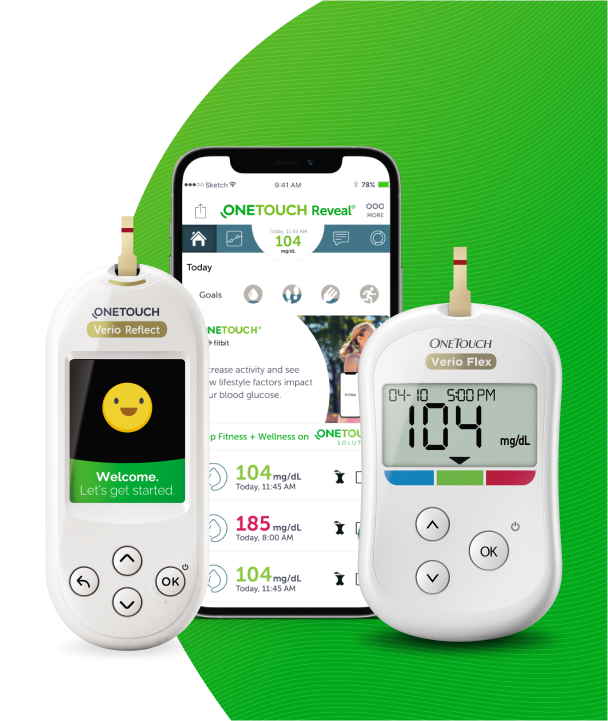Tips for Taming the Dawn Phenomenon
Early morning highs in blood glucose are common in people with diabetes. One reason for this is the dawn phenomenon, also called the dawn effect, which describes an increase in blood sugar, usually occurring between 2 a.m. and 8 a.m. If your morning blood glucose levels are frequently high, checking your blood sugar at bedtime, once during the night between 2 a.m. and 3 a.m. and again when you wake up for several nights in a row will help you and your doctor determine if what you’re experiencing is the dawn phenomenon.
If the dawn phenomenon is the cause of your morning highs, talk with your doctor about options you have. Here are a few steps you can take to manage the dawn effect:
- Eat an earlier dinner
Both when you eat and what you eat can affect your early morning blood glucose levels. As well as not skipping meals, try to eat dinner earlier in the evening, avoiding carbs close to bedtime. - Do something active after dinner
A little exercise can help lower blood sugar levels; try doing some light physical activity after dinner, such as going for a walk, practicing yoga or riding a stationary bike. - Medication Regimen
Talk with your doctor about adjustments to the medication regimen you follow to help address the dawn phenomenon.
Other reasons for high morning blood sugars include insufficient insulin the night before, incorrect anti-diabetes medication dose(s), eating carbohydrates close to bedtime, and hypoglycemia (low blood sugar) during the night. Talk with your doctor to help understand why morning highs are happening and discuss options that work with your lifestyle and diabetes regimen.
References:
Mayo Clinic. The dawn phenomenon: What can you do? Accessed April 22, 2022.
Medical News Today. How to manage the dawn phenomenon. Accessed April 22, 2022.
US-OTB-1900028








